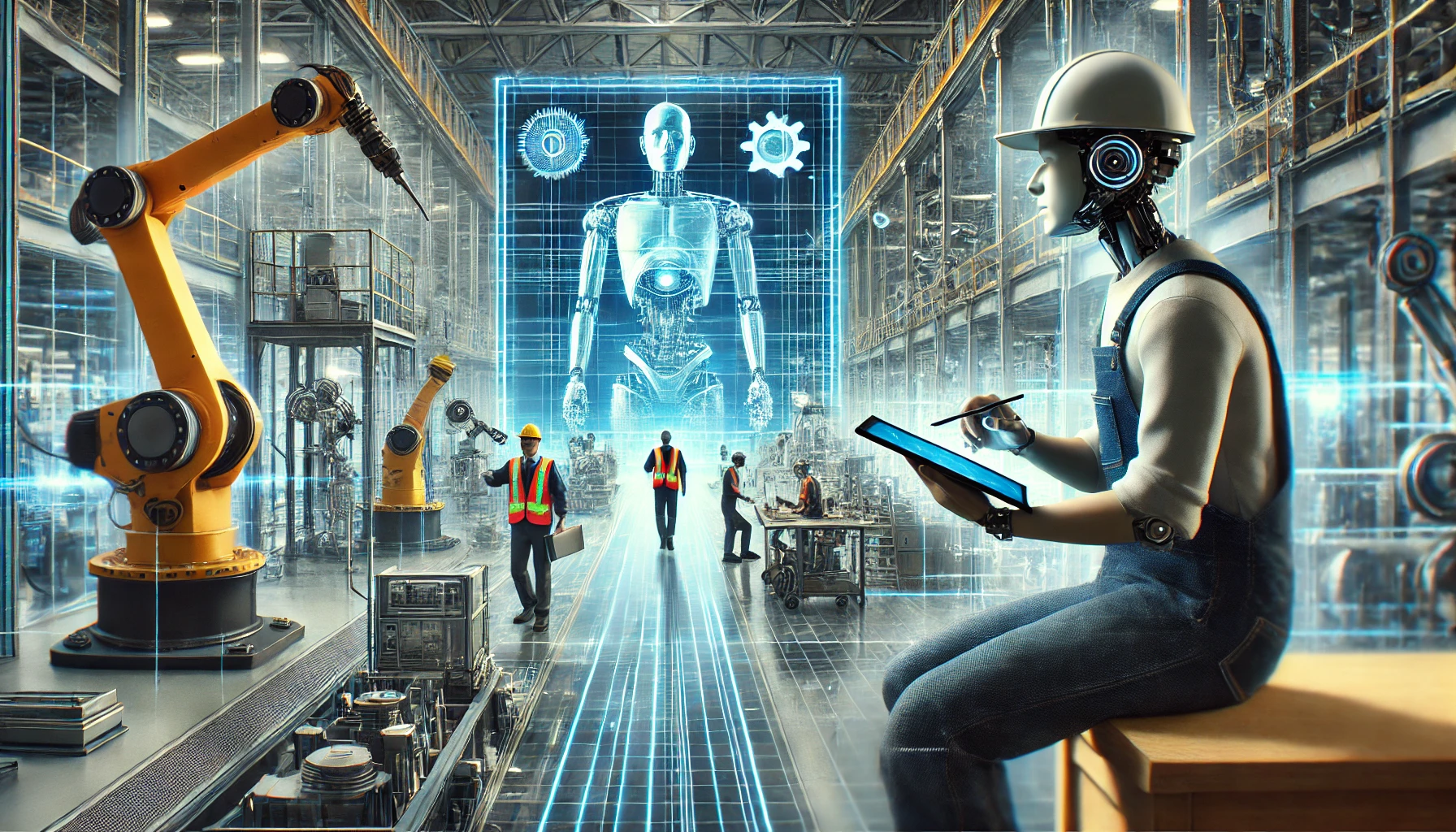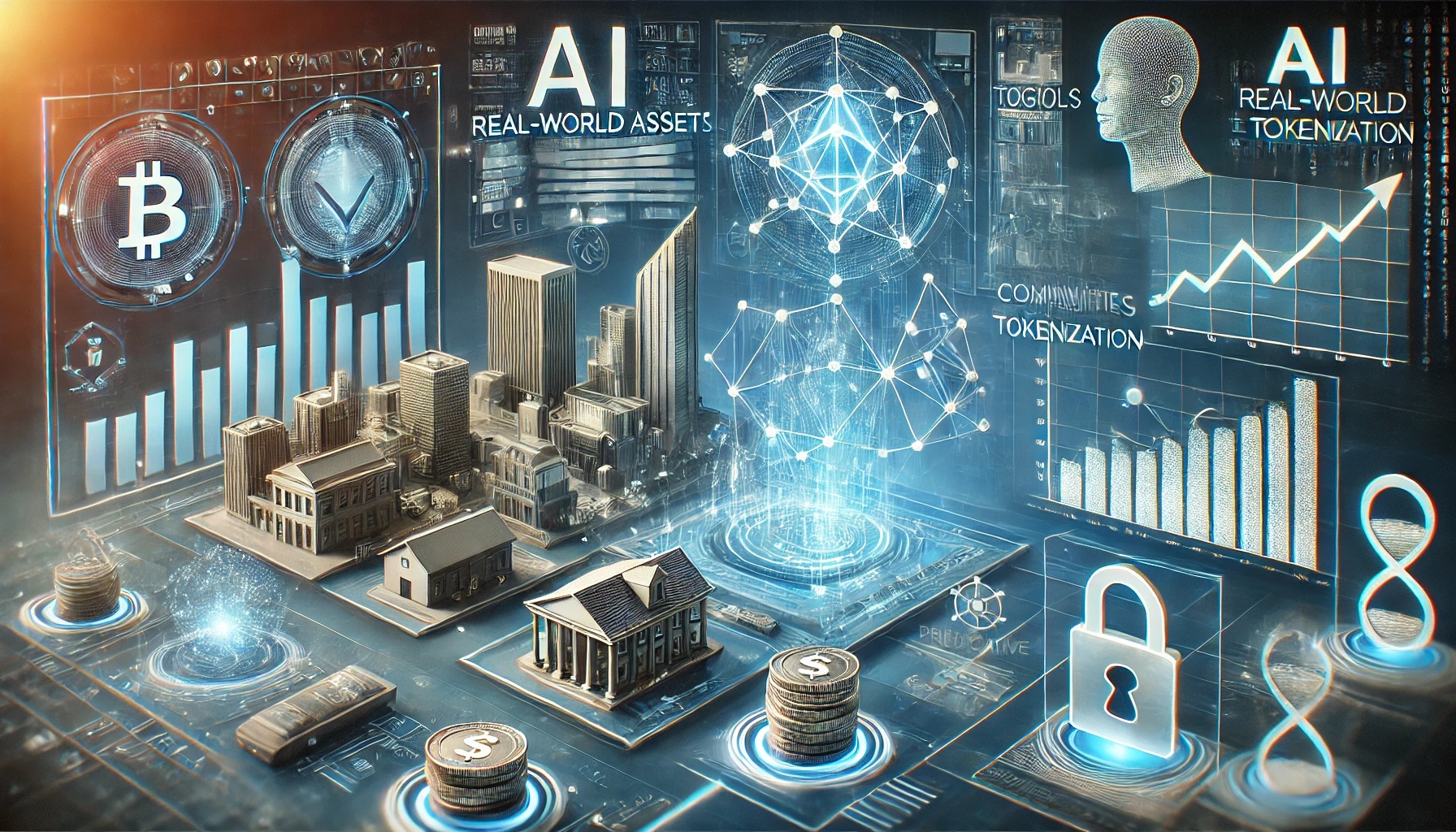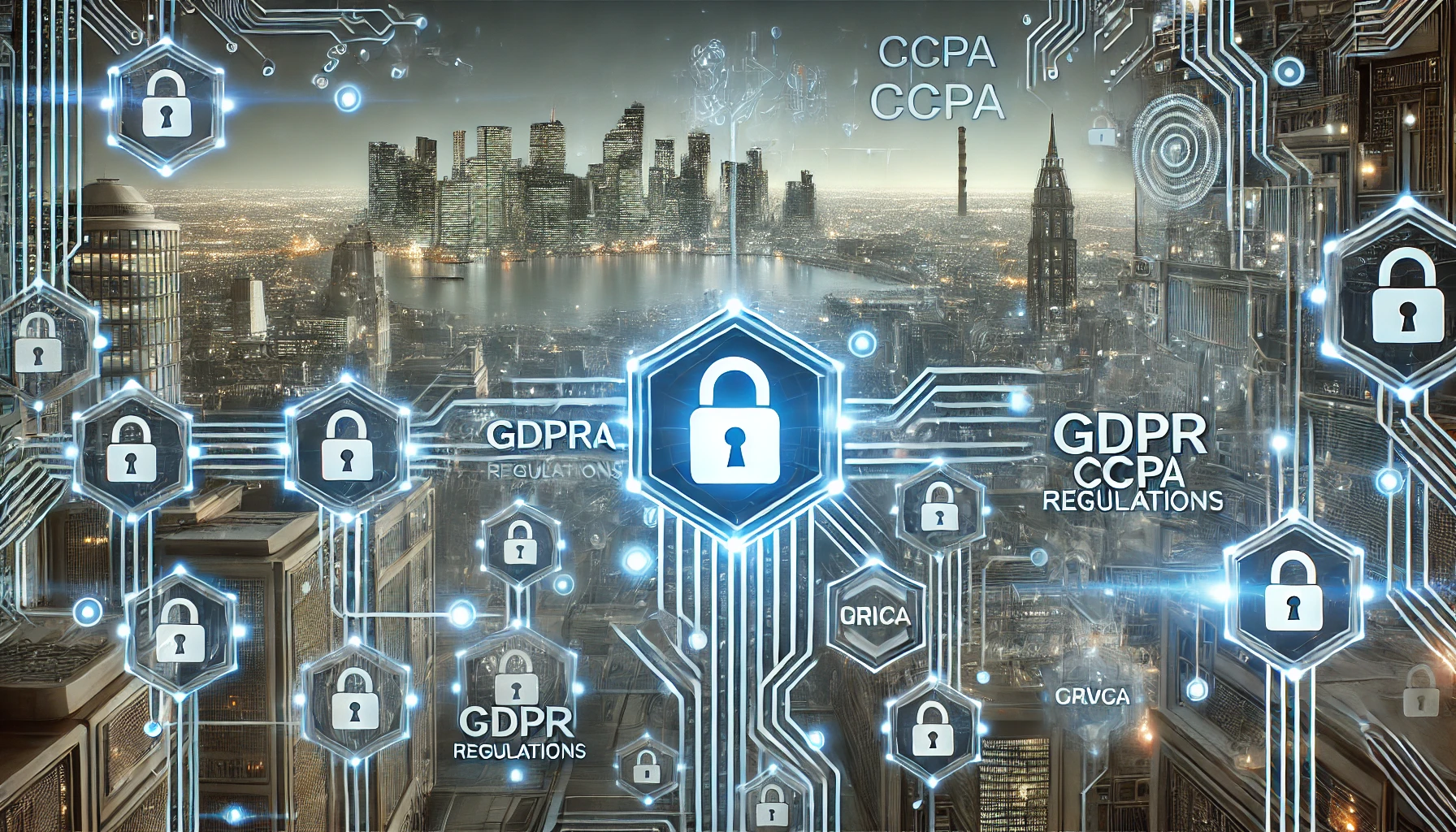As artificial intelligence (AI) continues to revolutionize industries, the potential for job displacement has become a growing concern, particularly in automation-heavy sectors such as manufacturing, logistics, and retail. While AI has the capacity to boost productivity and streamline operations, it also raises the question of how to protect workers whose roles may be at risk. In response, governments around the world are introducing new frameworks aimed at mitigating the impact of AI-driven automation on employment.
The Rise of AI and Automation
AI and automation technologies are advancing rapidly, offering companies the ability to optimize processes, reduce operational costs, and improve efficiency. From automated production lines to self-checkout systems in retail stores, AI is transforming the way businesses operate. However, this technological progress also poses challenges for the workforce. According to the World Economic Forum, automation is expected to displace over 85 million jobs globally by 2025, especially in roles that involve routine, manual tasks.
In sectors such as manufacturing, AI-powered machines and robots are taking over jobs that involve repetitive tasks. Similarly, in transportation and logistics, self-driving vehicles and automated warehouses are reducing the need for human labor. While these innovations present significant opportunities for business growth, they also put millions of jobs at risk.
Government Responses to AI-Driven Job Displacement
Recognizing the potential societal impact of AI on employment, many governments are now introducing frameworks to address the challenges posed by automation. These frameworks focus on a variety of strategies to protect workers and ensure that economies remain resilient in the face of rapid technological change.
- Reskilling and Upskilling Programs: One of the key components of government frameworks is the emphasis on reskilling and upskilling workers. Governments are investing in educational programs that help workers develop new skills that align with the needs of an AI-driven economy. This includes training programs in areas like data analysis, AI development, and advanced manufacturing. By equipping workers with new skills, governments aim to reduce the risk of long-term unemployment and facilitate the transition to new roles in the workforce.
- Social Safety Nets: In addition to training initiatives, some governments are expanding social safety nets to support workers who may be displaced by AI. This includes enhanced unemployment benefits, job transition programs, and income support for workers whose jobs are eliminated due to automation. These measures are designed to provide a financial cushion and help displaced workers navigate the transition to new employment opportunities.
- AI Regulation and Ethical Standards: Governments are also implementing regulations to ensure that AI technologies are deployed responsibly. This includes setting ethical standards for the use of AI in hiring and firing decisions, as well as mandating transparency in the use of AI-driven automation. By regulating the use of AI in the workplace, governments seek to protect workers from unfair or discriminatory practices and ensure that AI is used in a way that benefits society as a whole.
- Public-Private Partnerships: Many governments are collaborating with the private sector to address the challenges of AI-driven job displacement. Through public-private partnerships, businesses and governments are working together to create training programs, invest in new technologies, and develop policies that support both innovation and employment. These partnerships are essential for fostering a balanced approach to AI adoption, ensuring that businesses can remain competitive while protecting the rights of workers.
Balancing Innovation and Employment
While AI and automation are poised to transform industries, it is essential that this technological progress does not come at the expense of workers. Governments are playing a critical role in balancing innovation with the need to protect employment. By introducing frameworks that emphasize worker training, social safety nets, and responsible AI regulation, policymakers are taking proactive steps to mitigate the negative impacts of automation on jobs.
At the same time, there is a growing recognition that AI will also create new job opportunities. In fact, the World Economic Forum estimates that while 85 million jobs may be displaced, 97 million new jobs could be created as a result of AI, particularly in fields like AI development, cybersecurity, and data analysis. Governments are focusing on ensuring that workers are prepared for these new opportunities, positioning their economies for long-term success in an AI-driven world.
The Future of Work in an AI-Driven World
The impact of AI on the workforce is one of the most pressing issues of the 21st century. As AI continues to evolve, governments must continue to adapt their policies to ensure that the benefits of automation are shared widely, and that workers are not left behind.
The introduction of new frameworks to address AI-driven job displacement is a crucial step in preparing for the future of work. By investing in education, regulating AI deployment, and providing financial support to displaced workers, governments are helping to create a more inclusive and resilient economy in the face of rapid technological change.
In conclusion, while AI presents challenges for job displacement, it also offers immense opportunities for innovation and growth. With the right policies in place, governments can ensure that workers are equipped to thrive in this new era of automation, creating a future where technology and employment can coexist harmoniously.




